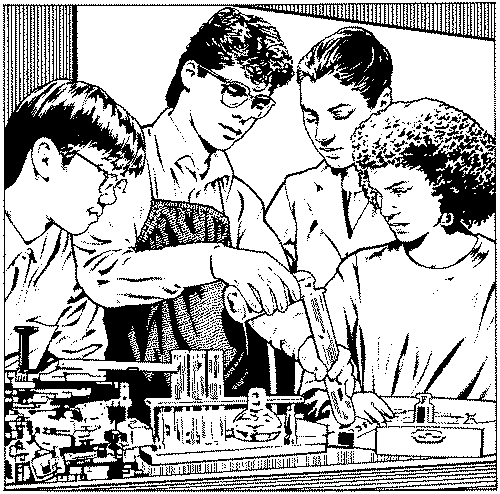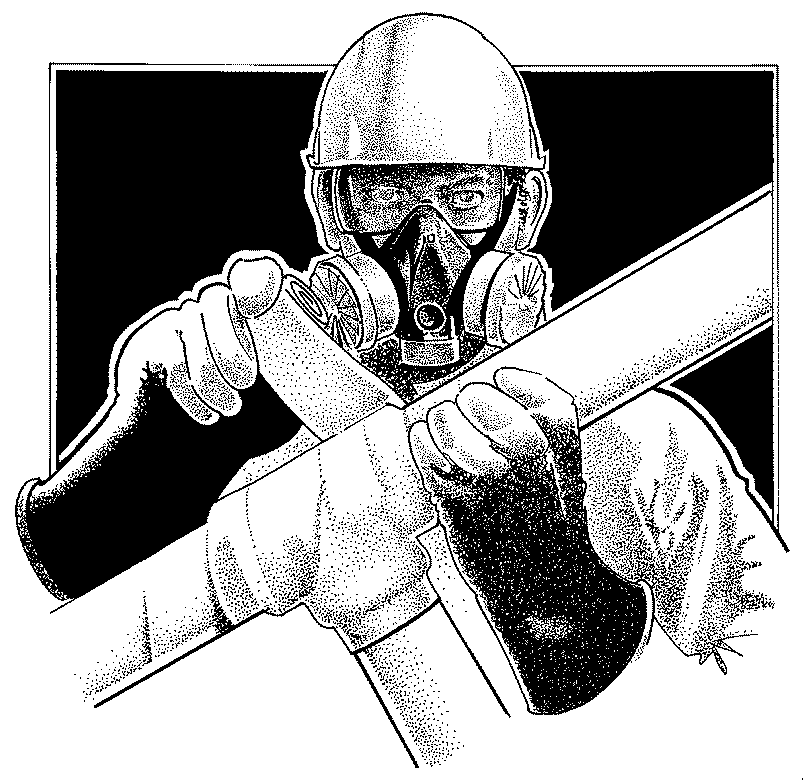
Remember, it may still be easier and safer to dispose of ALL Hazardous Waste by calling the Chemical Safety Office at 6-3661 or 6-5847
UCLA Department of Chemistry and Biochemistry Chemical Safety Office/ EH&S
Newsletter #7 April 1998
REGULATORY UPDATE
DTSC CHANGES
The Department of Toxic Substances Control (DTSC), under the authority of the California EPA, administers and is the principal enforcement agency of the state’s hazardous waste program. Some new regulatory changes have been made, while some older provisions have been reinforced. The biggest change concerns treatment of waste in a laboratory.
Previously, no treatment of hazardous waste was allowed, not even neutralization of dilute acid or base wastes. That has changed. Now the DTSC will allow labs to conduct limited bench top treatment of wastes without regulation, provided the lab complies with the following conditions:It is important to keep in mind that there may be little benefit in carrying out a procedure that will simply produce another kind of waste with similar risks and challenges for disposal. This change in regulatory requirements will probably be most useful for neutralization of acids and bases at the bench level. After neutralization, the waste mixture can be poured down the sink, provided no toxic metals are present. The concentration of neutral salts disposed of in the sanitary sewer should be below 1%.
|
|
DTSC RULES
RESPIRATORY PROTECTION
 |
The UCLA Respiratory Protection Policy states
that "all
persons planning on using a respirator on a regular basis or on an
emergency basis must
receive training in the proper use, maintenance, storage and fit of
the respirator". The annual training and fit testing for respirators will be held on May 5, May 6, and May 7 at 10:00 a.m. and at 2:00 p.m. The training sessions will be held in Young Hall, Room 2033. They will last about an hour and will include information on respirator use and care, uses of respirators in emergency situations, and use of a respirator for spill cleanup. We will provide an individual fit test to determine the effectiveness of each respirator for that person. The respirator will be provided FREE OF CHARGE. Only persons who have been trained in respirator use are allowed to use a respirator. An important requirement of the California OSHA and the UCLA policies is the annual training of those previously supplied with a respirator. If you were issued a respirator, it is REQUIRED that you attend one of the training sessions. To sign up for the available training sessions, please call the Chemical Safety Office at 6-3661 or 6-5847. |
Fire Extinguisher Training
| Fire extinguisher training will take
place on Wednesday,
April 29 and Thursday, April 30 at 3:00 p.m. and at 4:00 p.m. in the
driveway between
Molecular Sciences and the greenhouse. All first year graduate students are required to attend. Any faculty member, staff member, post doc or graduate student who missed training or would like to attend again are welcome. Please call the Chemical Safety Office at 6-3661 or 6-5847 to sign up for one of these sessions. |
|
Bill Peck, Chemical Safety Officer Young Hall 4204, (20)6-3661